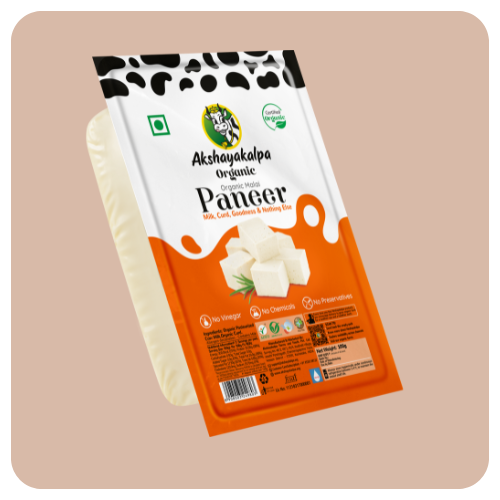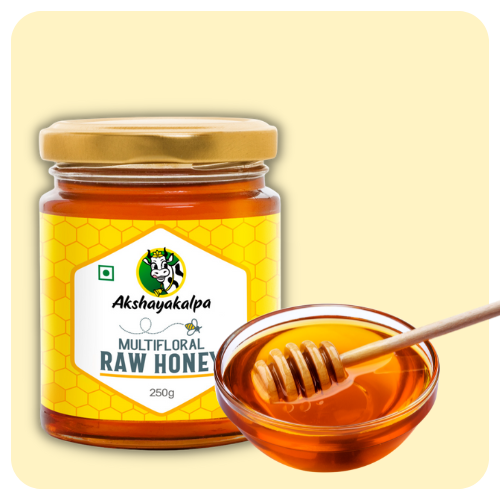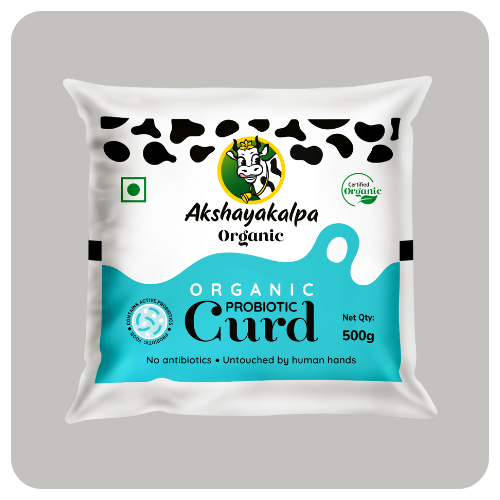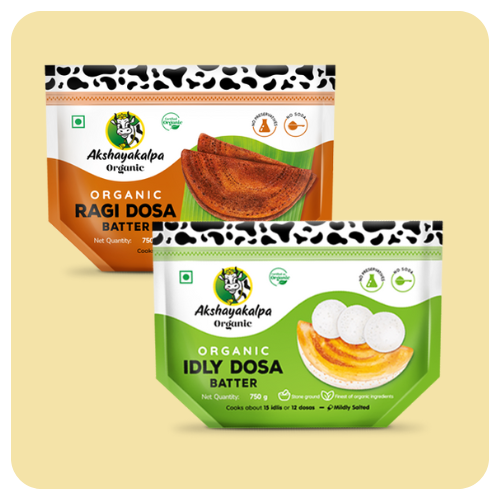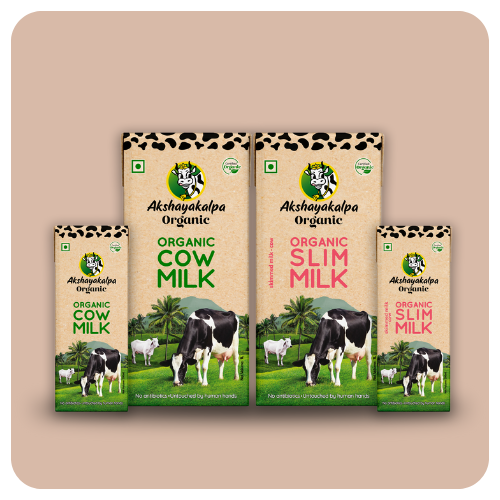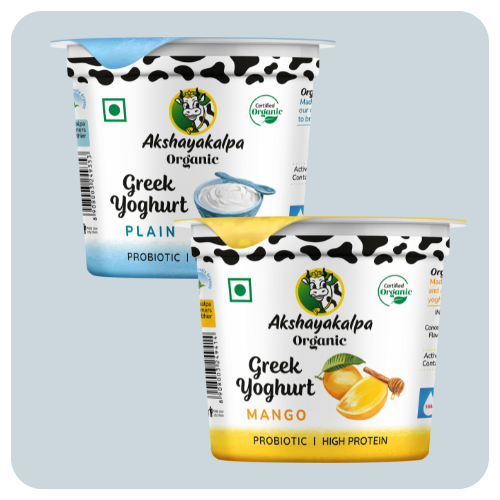Your guide to safely storing milk at home
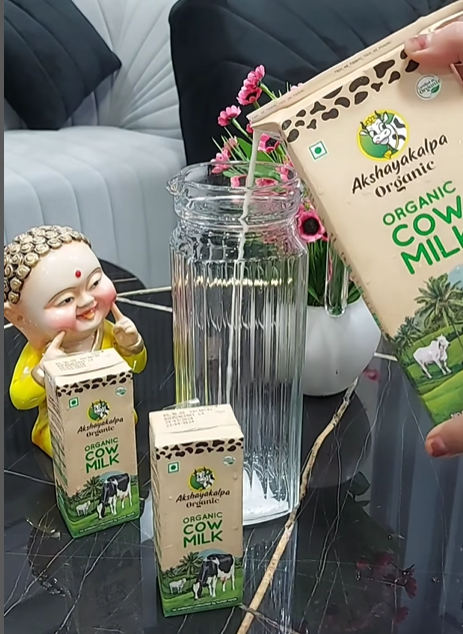
Back in the day, when most houses had a few cows, milk was consumed within hours of the cows being milked. Today, with most of us living in urban households, having cows at home for fresh milk is either a distant memory or wishful thinking.
The milk we purchase and consume has had a long journey from the cows to our kitchens. One shouldn’t be surprised if days have passed by the time we open our milk packets and make ourselves a warm cup of coffee or tea. And, while most of us buy milk daily, usually households have some milk leftover after the day’s consumption.
We’re sharing with you a quick guide on how to store the leftover milk to keep it as fresh and safe as possible and ready to use the next day.
Studies show that at temperatures above 7°C, bacteria grow rapidly, especially in raw milk. For optimum quality and safety, the milk has to be constantly at a temperature between 0°C and 4°C. However, most milk suppliers fail to keep the milk within this optimum range during transit. Every vehicle, all the way up to the delivery person dropping off the milk at our doorstep has to be a part of the cold chain that ensures the milk does not warm up beyond 4°C. If this is not met, no matter how well you store the milk, it may have harmful bacterial already growing.
Whether you pick up the milk from the supermarket or get the milk delivered to your doorstep, it is important to cool it down to under 4°C as soon as possible. While most of us know that we should keep milk in the fridge, hardly any of us check whether the fridge is cold enough to safely store the milk.
Contrary to popular belief, boiling pasteurized milk does not extend its shelf life further. Pasteurized milk has a shelf life of about 7 days, if stored at 4°C. However, once boiled, the shelf life of the milk is significantly reduced to a couple of days. When pasteurized, milk is microbe-free without any loss of nutrients. However, after opening, the milk may be contaminated with microbes from its environment and must be stored under refrigeration to inhibit their activity.
If you ever find yourself with leftover milk that you know may not be used in the next few days, for example, a week-long unplanned holiday and you have a packet or two of milk that you know you won’t be using before leaving, you can pop the packets into the freezer and they will stay fresh and safe till you get back. However, you might see some separation in the milk. Depending on the packaging, you may want to transfer the milk into an airtight container because if there is not enough space for expansion, the packet may rupture.
If yours is a household where milk consumption is not daily but you would like to have some milk always on hand for a quick cup of coffee or tea, UHT milk is perfect for you. Due to its heat sterilization, it requires no refrigeration and can be stored at room temperature for up to 6 months without spoiling. Once opened, however, it needs to be refrigerated and consumed within 2 days.
The Akshayakalpa Organic milk journey of freshness and puirty starts at the farm level. Our fully automated milking process ensures the milk is untouched by human hand and is free from contamination and adulterants. Milk is chilled immediately after milking to 4°C at the farm to stop any microbial growth and ensure the milk has a low bacterial load to begin with. The milk is then moved to the processing plant in specially- designed tankers that maintain the cold chain to ensure the milk stays fresh throughout. At our state-of-the-art packaging plant, the milk is packed in pouches or paper board packing and embarks on the next step of its journey to your doorstep in
continuous cold chain vehicles. Within 24 to 36 hours, the journey from our farms to your doorstep ends with you consuming the freshest milk possible – every single day!

